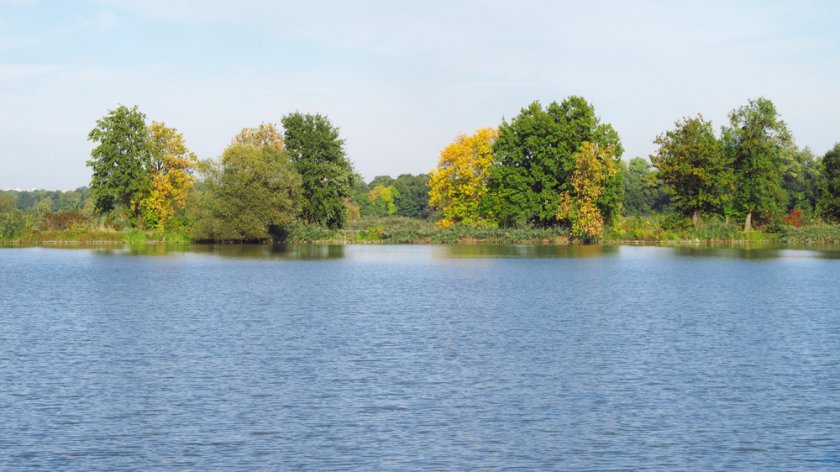Poodří
At least a piece of pure nature can be found almost everywhere in our picturesque country, but that's also why it's so beautiful here. The same is true near Ostrava in the Moravian-Silesian Region. On the southern edge of this town, the Poodří Protected Landscape Area begins to stretch around the Odra River, which ends at the village of Vrážné near the Oder and has a total area of 81.5 km2. The reason for protection is the preserved valley floodplain of the Odra River and the rich occurrence of protected and rare plants and animals.
Information for visitors
Interesting facts Poodří
In the north-eastern part of the Moravian Gate, the Odra River winds through a valley that has a relatively constant altitude of approximately between 200 and 300 m above sea level. and they are characterized by annual flooding of large areas of floodplain meadows. The Odra is constantly creating new meanders here, and the old ones are becoming blind shoulders complemented by ponds. The face of the whole area is determined by the water, which is the dominant element here. The Poodří Protected Landscape Area includes 10 small protected areas and is one of the 10 Czech wetlands of international importance.
Several species of protected mammals live in the Poodří, such as the European beaver or the river otter. The representation of the bat population is rich here, with up to 16 species of these flying mammals out of a total of 21 species seen in the Czech Republic. Of the birds, water predominates here, for which ponds and wetlands are a great refuge. Let's name, for example, the great cormorant, the gray heron, the red-necked grebe or the moth, the PLA has this predator in its emblem. The river Odra is not very rich in fish, but there are also endangered species such as minnows or striped oystercatchers. Many molluscs, crustaceans and insect species have also found their homes here.
Forests make up only about 10% of the territory and are deciduous. Aquatic plants thrive here, and rare species such as carnivorous bubbles or floating anchors and floating snails grow directly in ponds. In their vicinity there are reeds and sedges. Flooded floodplain meadows form unique plant communities, which also include rare and endangered species.
Author: Martina Limbergová

